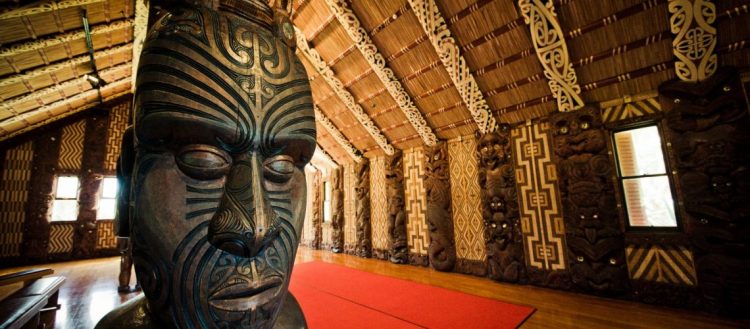6月24日(金)、ニュージーランドでは初めてとなるマタリキ(Matariki)の祝日があります。マオリ族の新年の始まりを祝うものです。
マタリキとは、プレアデス星団(和名:すばる)とも呼ばれる星団の名前です。ニュージーランドの冬の間、日の出前に北東の地平線に向かってこの星団が見えます。マオリ族の太陰暦では、この星団の出現は1年の終わりと新しい年の始まりを告げるものなのです。
マオリ族の天文学者であるランギ・マタムラ(Rangi Matamua)博士は、マタリキについての認知度を高めるための活動が評価され、名誉ある首相科学コミュニケーター賞を受賞した人物です。博士は、この祭典は精神的かつ社会的なものだと語っています。
その年に亡くなった人たちを偲ぶという意味で、スピリチュアルなものです。
「また、すべての人々が集まり、その年に起こったことを祝い、それを忘れるための場でもあります。現在の自分を祝い、新しい季節と新しい年の約束を願うために。」
マオリの著名な占星術師であるレレタ・マキハ(Rereata Makiha)氏は、マタリキは食べ物や物語を共有し、共に過ごす時間を通して祝われるものだと述べています。
かつては、冬の間、生き延びるために食料を集めることが生活の中心でした。収穫期の重労働の後、マオリの新年の寒い時期には、人々は暖を取るために集まり、食べ物を分け合い、物語を通して互いを楽しませたのです。
「私たちの歴史はすべて物語、プラカウ(pūrakau)を通して受け継がれてきたのです」とマキハ氏は言います。
1990年代半ばから、新年を祝う習慣が復活しました。2020年、マタリキを祝日にするための請願が開始されました。昨年、政府が正式に署名し、法制化されました。
伝統的にマオリ族のものですが、マタリキはすべてのニュージーランド人のためのものだとマタムラ博士は言います。
「私の中では、もうマオリの祝祭ではありません。国を挙げての祝祭となり、それが私にとっての未来であり、マタリキの素晴らしいところだと思います。
この思いは、ニュージーランドの首相ジャシンダ・アーダーン氏も同じだと語っています。
「Matarikiはニュージーランド独自の祝日となるでしょう。熟考と祝賀の時間であり、テアオマオリ(Te Ao Māori:マオリの世界の意)を認識する最初の祝日です。」
祝日の日付はマオリ族の太陰暦に合わせて毎年ずれますが、必ず金曜日になります。






























































